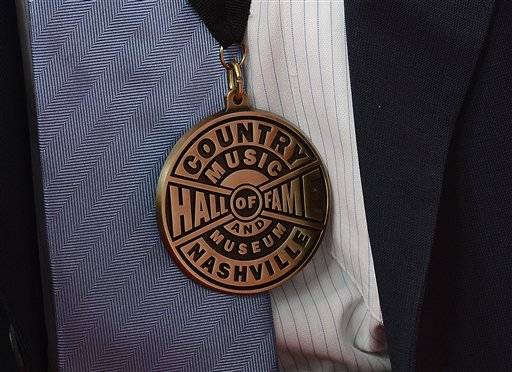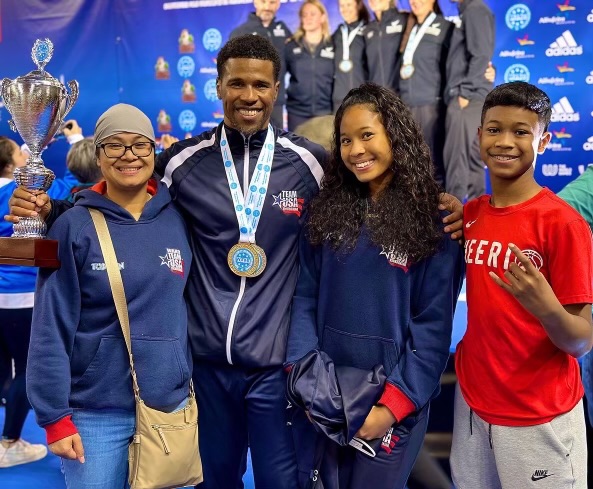
For decades, country music has been prevalent throughout the South. But as time goes on, country is making significant gains in the north. Rachel Davies is from North Andover, Massachusetts, and she loves country music.
“It’s the message, the beats just like the kind of happy vibe,” Davies said.
Davies isn’t alone. The Country Music Association estimates that 36 percent of residents of the American Northeast consume country music. While that still doesn’t equal the 56 percent in the South that listen, the gap is closing. Davies says she enjoys acts that don’t play up the divide between North and South.
“Well, I think that like a lot of bands, especially like Zac Brown Band, they don’t really talk about the South or anything and I saw Zac Brown at Fenway and it was like the most Boston thing I’ve ever been to,” she said.
Zac Brown Band is just one of many huge country acts selling out venues nationwide. The ticket sales are backed up by a CBS poll that shows country is now the nation’s most popular music genre, narrowly edging out rock. But ethnomusicologist Cliff Murphy says country music isn’t so much expanding as it is returning to the North.
“In New England, and even just the Northeast in general, country music was something people were playing in these string bands in small towns and in big cities going back to the late 1910’s and early 1920’s,” Murphy said. “It drew from a different mix of ethnicities than its southern cousin. So in a place like New England or Upstate New York you have a lot of immigrant groups who are playing this music, kind of intermingled with kind of long standing white working class communities.”
Murphy’s book, Yankee Twang, examines how country and western began as community based music across the nation, including the Northeast. Murphy says artists like Maine’s Dick Curless didn’t shy away from singing about their own experiences. Curless even made it as high as fifth on the American country charts with his ode to Maine’s truck drivers, ‘A Tombstone Every Mile.’
“When you’re talking to a trucker that’s been haulin’ goods
Down that stretch of road in Maine they call the Hangsville Woods
He’ll tell you that dying and going down below
Won’t be half as bad as driving on that road of ice and snow
It’s a stretch of road up north in Maine
That’s never ever ever seen a smile
If they’d buried all them truckers lost in them woods
There’d be a tombstone every mile
Count ’em off there’d be a tombstone every mile”
Murphy says country music, originally known as country and western, began as music for the working class, but became known as a Southern brand when it became commercialized.
“What the CMA did was it basically organized the industry from the record companies to the promoters to the radio DJs to market what country music was and what it wasn’t. That’s the moment, late 1950s, where country music becomes marketed as a southern export. If all of your records are being supplied by southern commercial interest you’re not going to put the local guy on the air anymore who sings with a Buffalo, New York accent. You’re going to put a Hank Williams record on the radio,” Murphy said. “Because it starts to consciously and specifically start to tell this story that country music is southern as a branding effort, it either cuts out everybody else or everybody else has to start pretending to be that thing and that is how you wind up having some guy who has grown up in Western Massachusetts go to Nashville and sing with a southern accent.”
Murphy says the centralized location in Nashville has resulted in an predictable sound, one that is easily parodied, a fact that doesn’t escape country music lover Rachel Davies.
“Like sitting on a boat under the sun, drinking a beer,” Davies said.
Cliché or not, country music is still rapidly expanding. New country radio stations are popping up all across the nation. The Country Music Association says country has also seen major growth with minority groups, including a 25 percent increase in Hispanic listeners since 2010. In fact, 70 percent of non-whites now say they listen to country music on a weekly basis. Cliff Murphy says many minority listeners relate to the working class message.
“If you’re looking for working class content on the radio today, you’ll find that in country music. People relate to that because it relates to their experiences,” Murphy said.
Advertisers have taken notice to country’s surge in popularity.
Country star Reba Mcentire in a recent Kentucky Fried Chicken television ad. She joins other popular country singers to be featured in ads like Garth Brooks for Amazon or Brad Paisley for Nationwide.
Advertisers are eager to use country music’s sound, which seems to be resonating with people. Country continues to grow well beyond its roots in the South. It still has a long way to grow in some parts of the country. But for now, you might say country music is not just a southern thing, instead America may just be a Country Nation.




